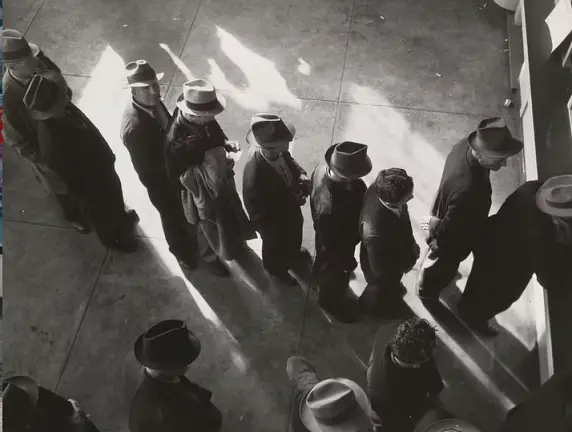The Federal Reserve is beginning to signal it may be necessary to allow increases in unemployment, in order to tamp down inflation by raising interest rates.
At 3.6%, the unemployment rate had just about touched the pre-pandemic level of 3.5%, itself a half-century low. As of March, most Fed officials expected the unemployment rate to remain at the same level, or even fall slightly over the following two years.
Fed Chairman Jerome Powell and others had floated the idea of reducing demand for workers by coercing employers to reduce job vacancies, rather than by placing workers out of work. However that tone has changed in recent interviews, as Fed officials have described a scenario where unemployment rises slightly and the economy cools, something they have referred to as a “soft or ‘soft-ish’ landing.”
New York Fed President John Williams told reporters, “When I think of a ‘soft landing,’ it’s really a matter of, ‘Yes, we could see growth below trend for a while, and we definitely could see unemployment moving up somewhat, but not in a huge way.’ ”
Mr. Powell said achieving a soft landing “doesn’t mean that the unemployment rate needs to remain at 3.6%, which is a very, very low rate.”
Fed governor Christopher Waller said, “If we can get unemployment to just 4.25%, I would consider that a masterful performance by the central bank.”
Tim Duy, chief U.S. economist at research firm SGH Macro Advisors wrote in a note, “We should prepare ourselves for projections intended to communicate the Fed’s resolve to reduce inflation by targeting a higher level of unemployment.”
There are however risks. Historically, when unemployment has increased by a half percentage point from a low over the previous year, a recession has followed, accompanied by an even bigger jump in unemployment.
Loretta Mester in a speech said, “The unemployment rate could temporarily move above estimates of its longer-run level. This will be painful, but so is high inflation.”

